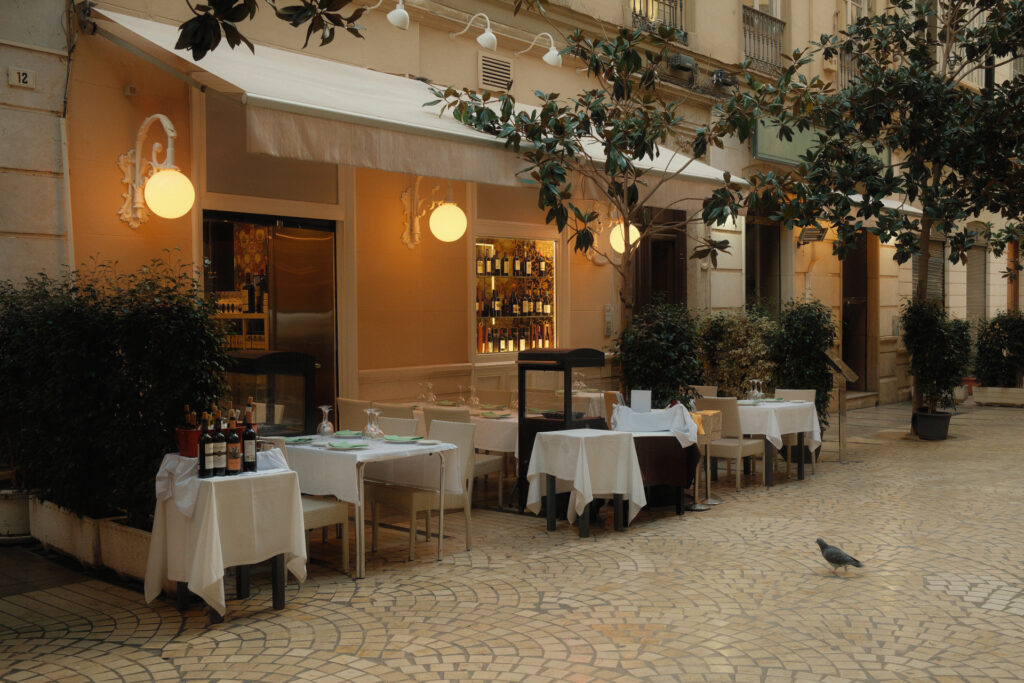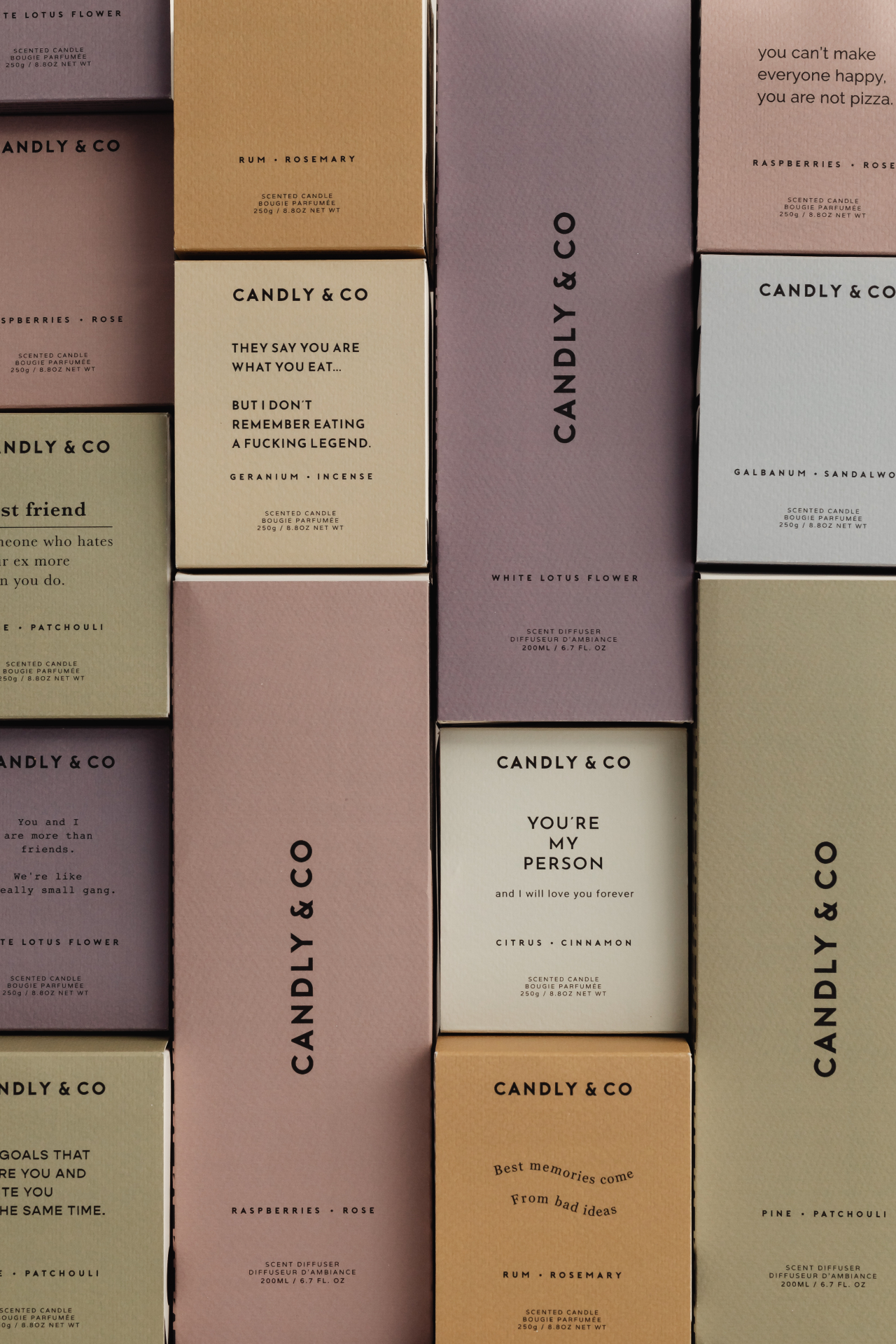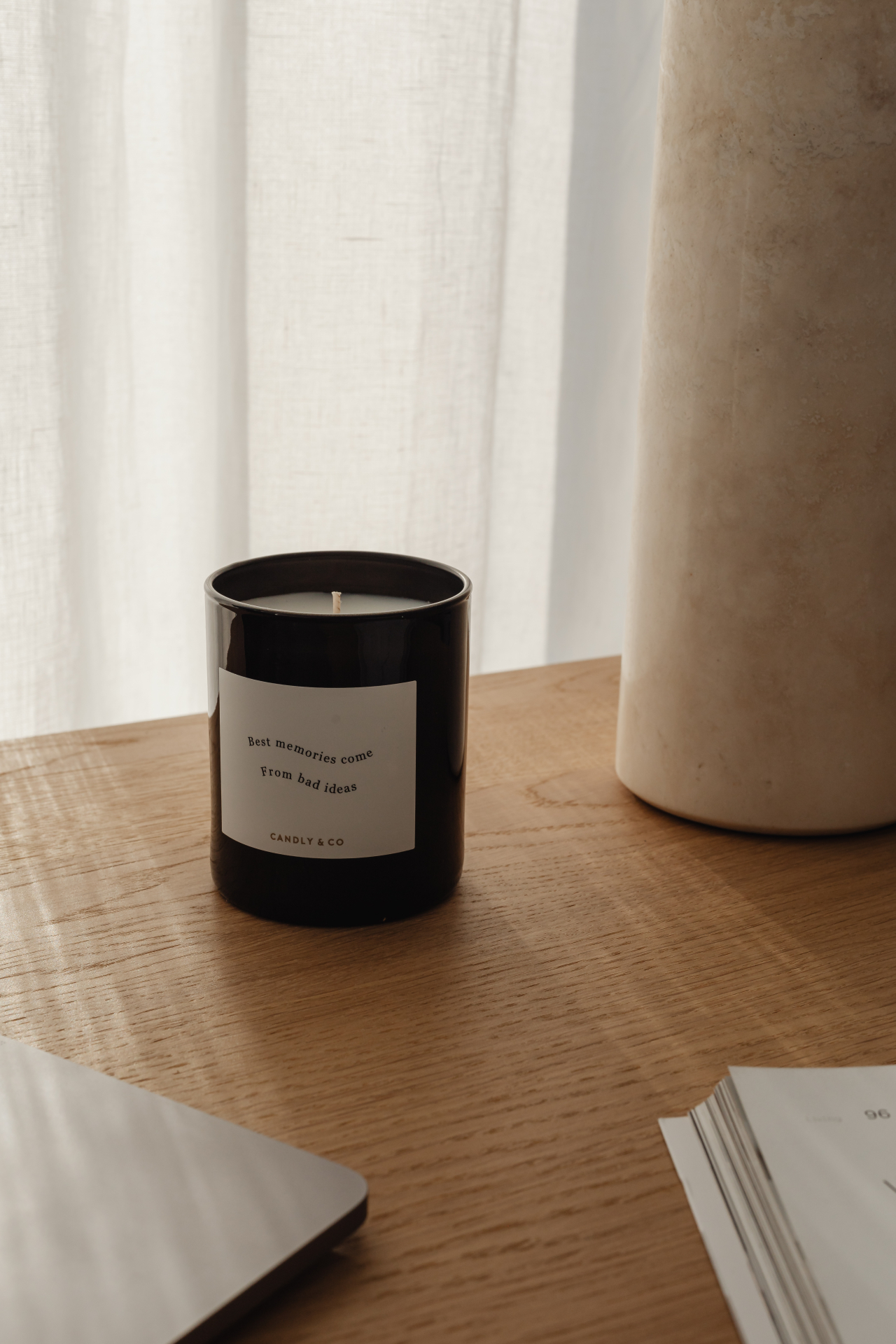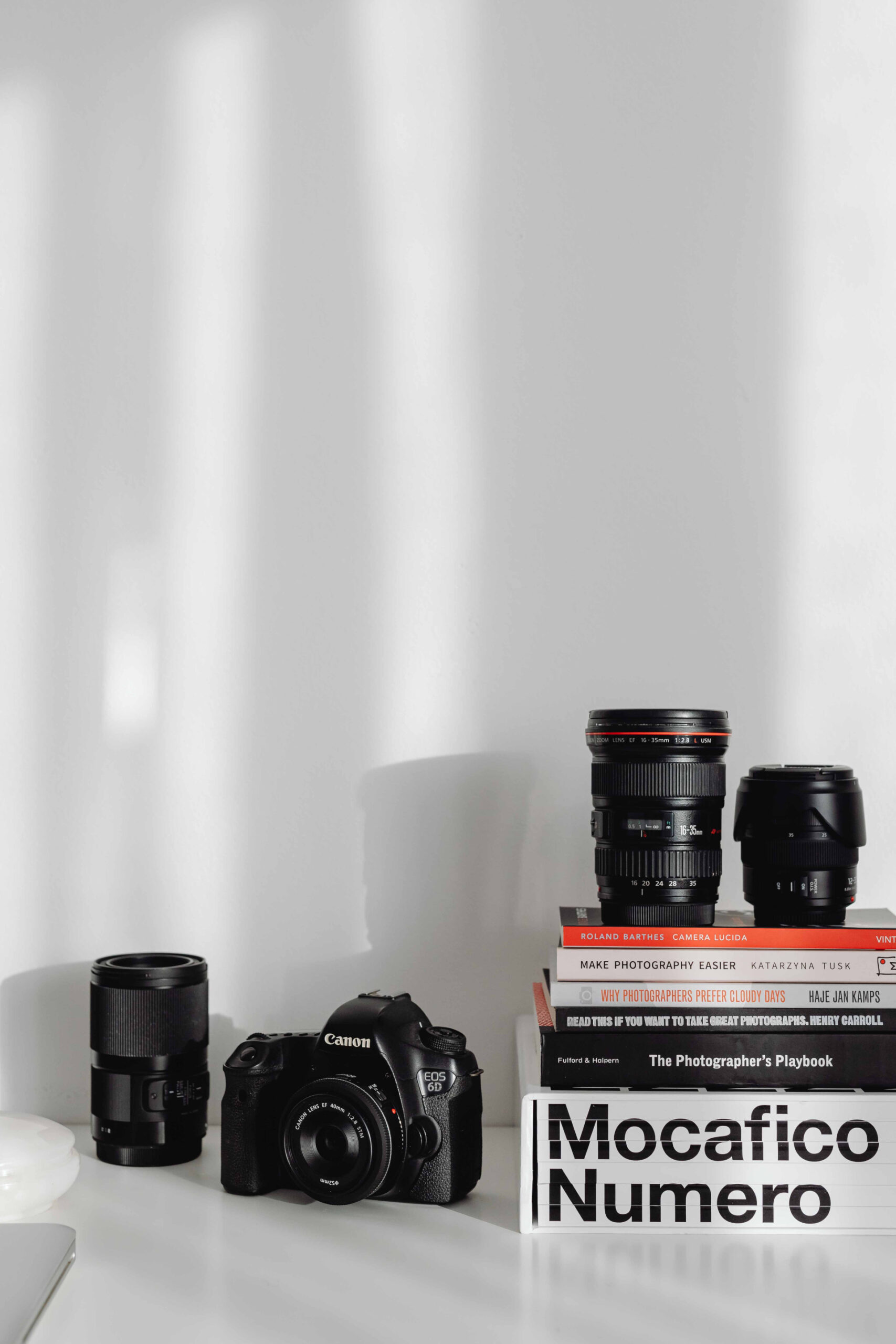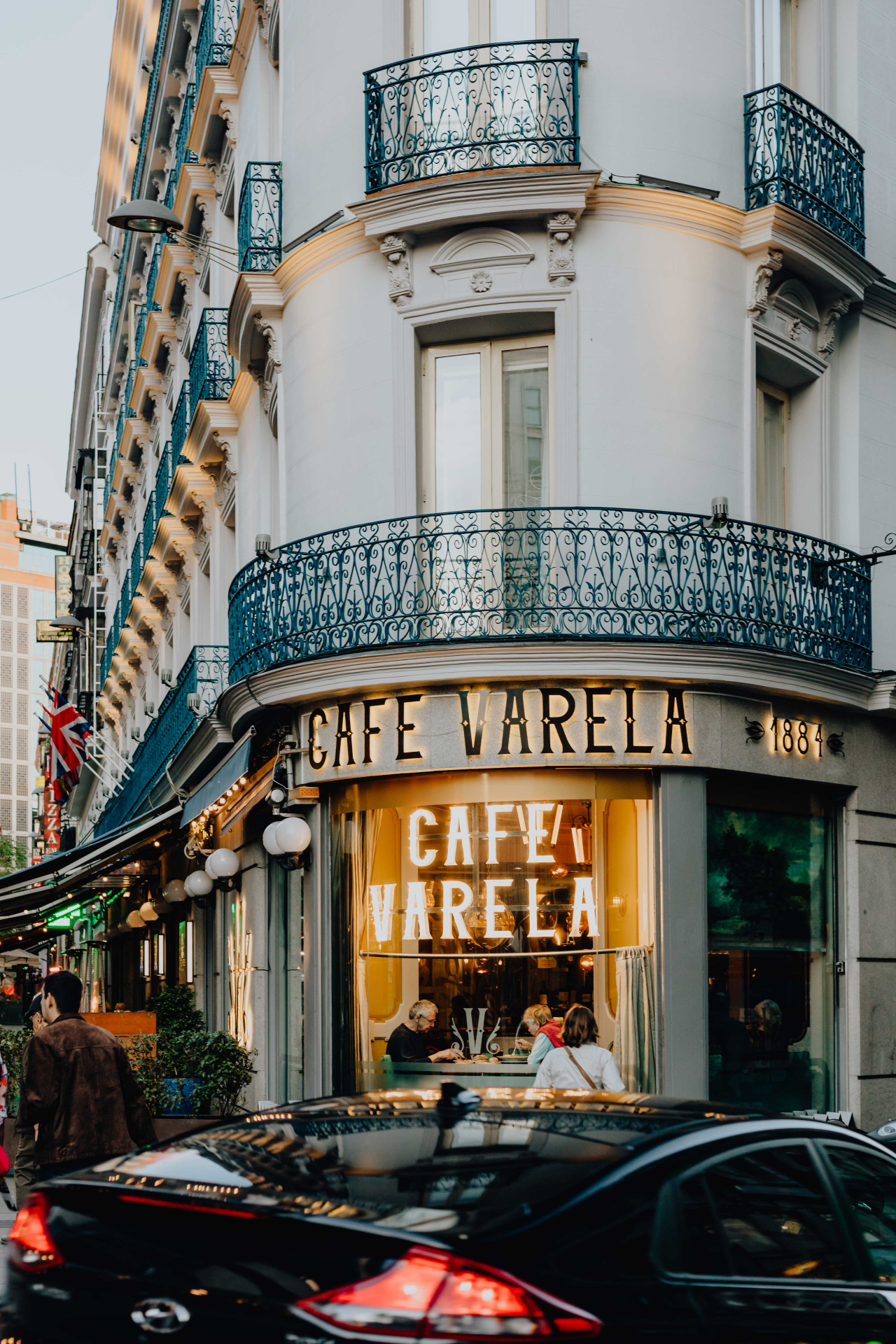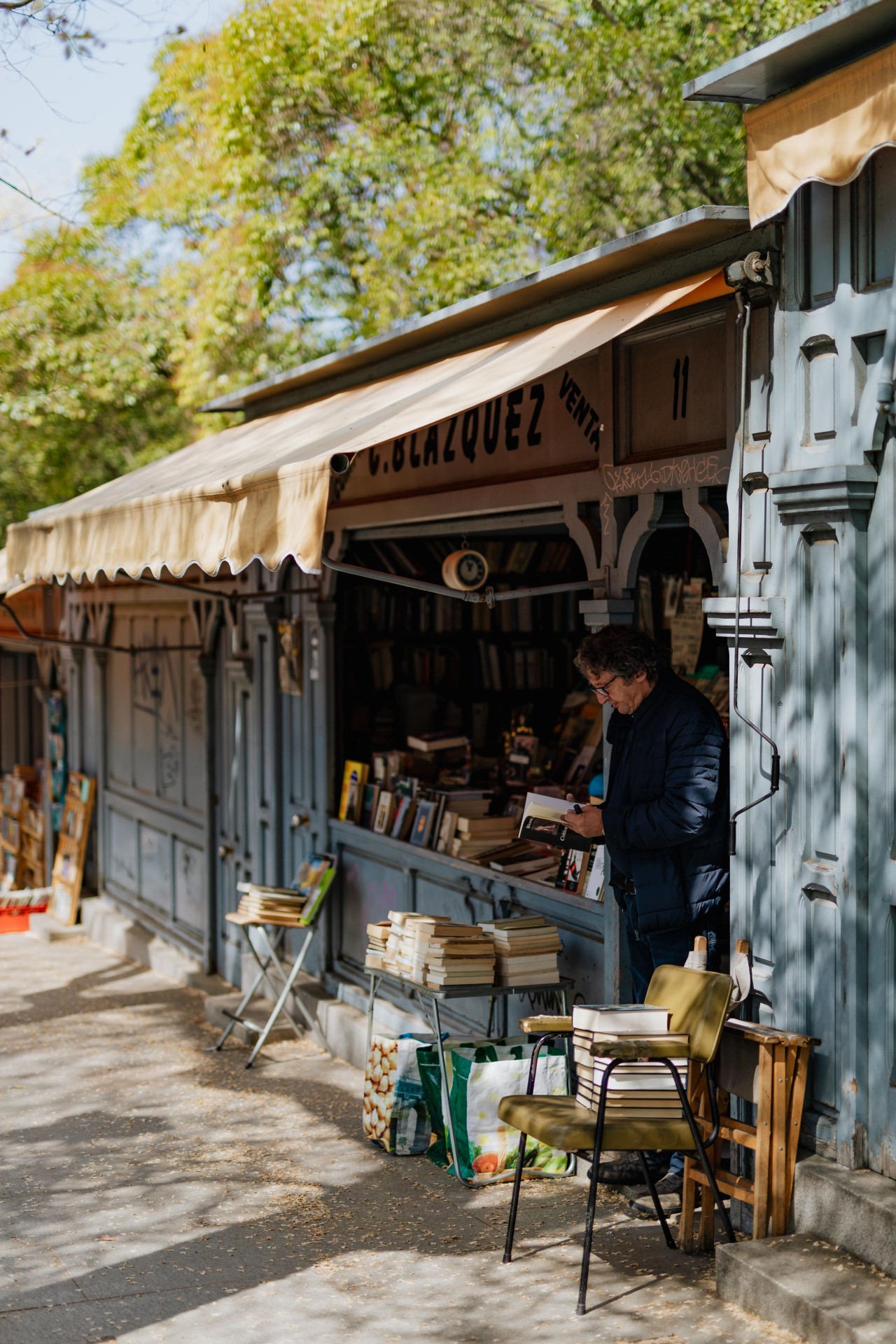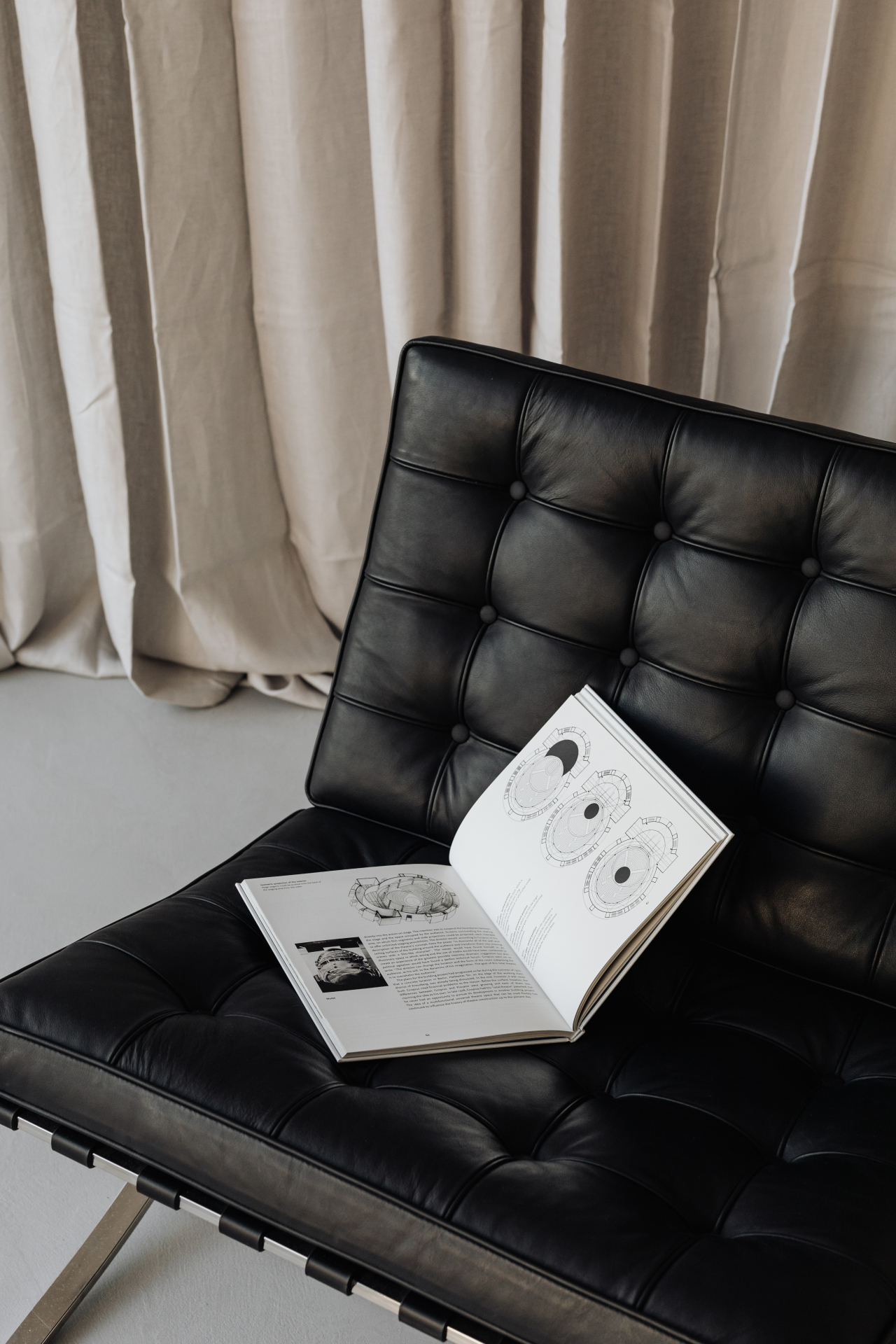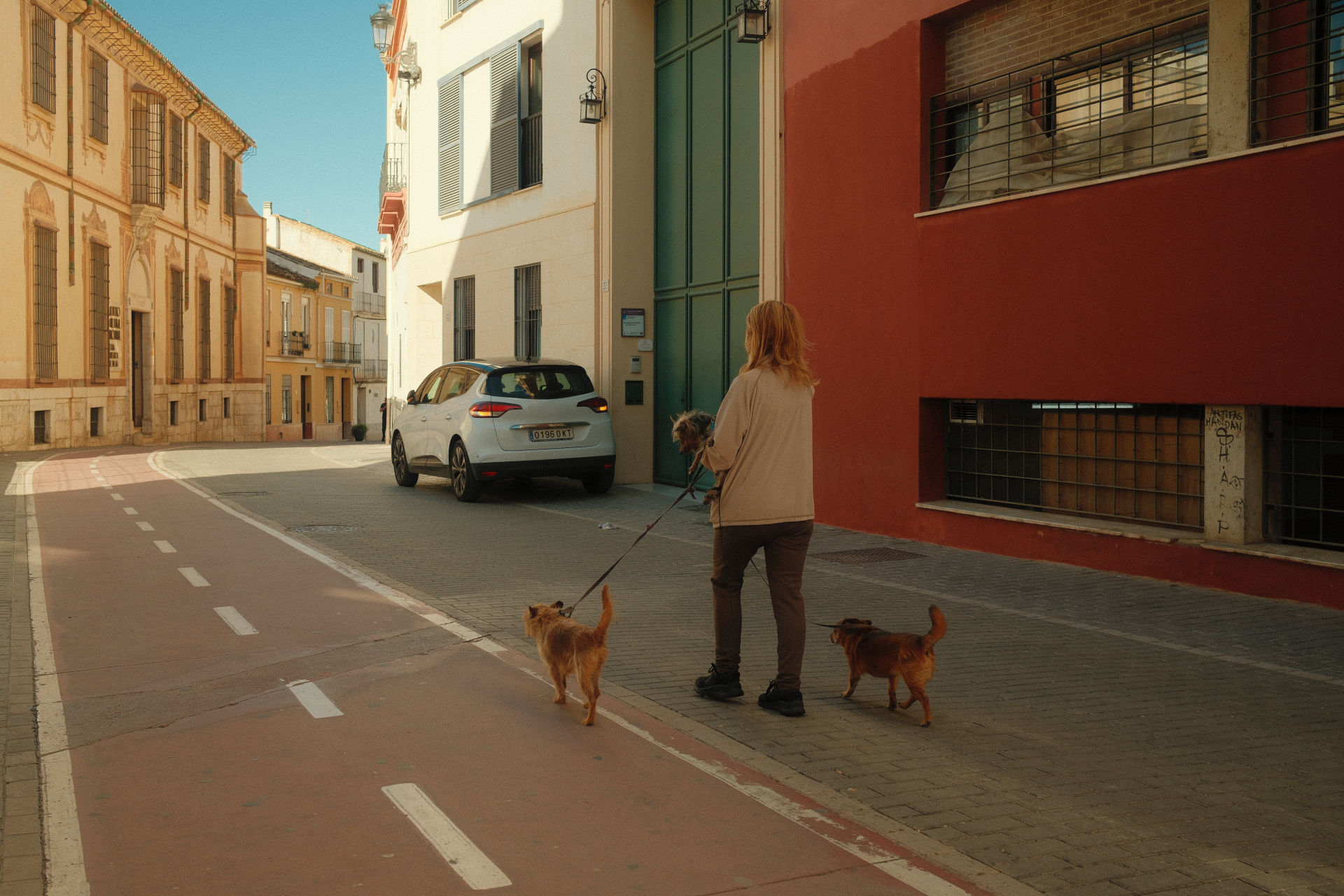Editorial Use Only: A Clear Guide for Designers, Bloggers, and Brands
Free photos are a fantastic resource for creative projects, but they also come with rules and responsibilities. Terms like Editorial Use Only often raise questions about when and how certain images can be used safely. This article takes a closer look at what editorial photos are, why some images fall under this label, and how to make confident choices when working with free visuals.
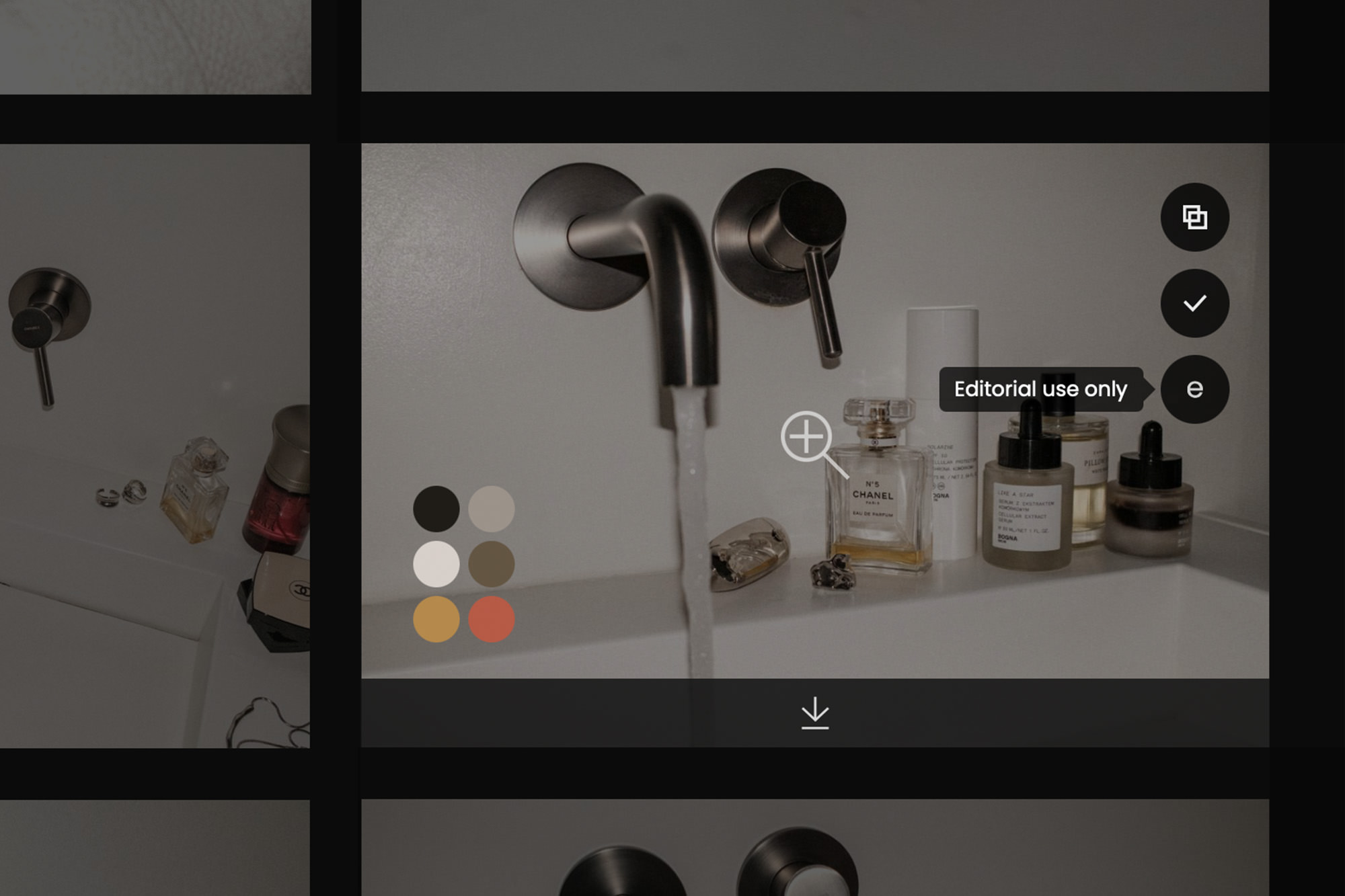
Why Are Some Photos Restricted to Editorial Use?
So why do certain photos carry this label at all? Often, it’s because they include recognizable people who haven’t signed a model release, visible logos or brand names that are protected by trademark law, famous buildings or pieces of art still under copyright protection, or private property where photography rights might be limited.
Using these images strictly to inform, educate, or illustrate a story is usually fine under laws that protect freedom of speech and journalistic expression. But the rules change the moment you try to use the same images to promote, advertise, or sell something.
What is an Example of Editorial Use?
Editorial use means using photos to tell real stories or share true information without trying to sell a product or service. These images often show real people, places, brands, or events captured just as they are — not staged for advertising.
For example, a photo might appear in a magazine article about the atmosphere at a street market, a blog post discussing the architecture of a famous building, or an online news story covering a local event. In these cases, the photo helps illustrate the story and gives readers visual context.
However, the same photo shouldn’t be used in an ad or marketing materials promoting a brand, product, or service. Even if the image seems harmless, using it to sell something can imply a connection or endorsement that doesn’t exist, especially if it shows recognizable people, logos, or unique designs.
So the key difference is this: editorial photos help inform and illustrate real-life stories, while commercial photos are created or chosen specifically to promote or sell.
Our Editorial Use Philosophy
We want you to enjoy using our photos without stress or legal uncertainty. That’s why some of our images are marked as Editorial Use Only — because they may contain trademarks, recognizable buildings, logos, artworks, or people who haven’t signed a model release.
We care about respecting the rights of individuals who may appear in our photos. For that reason, editorial images are intended purely for stories, news, educational content, or other informational contexts, and not for advertising or brand promotion.
The way users choose to use our editorial images is beyond our monitoring or control, and there’s no guarantee that using them outside an editorial context will be free from legal risks, especially in commercial projects.
While Kaboompics does not intend to pursue legal action against users who decide to use editorial photos in commercial contexts, any such use is entirely at your own risk, and you remain responsible for ensuring that your use does not infringe the rights of any third parties, including privacy or publicity rights of people appearing in the photos. We strongly encourage you to seek legal advice if you’re unsure about your intended use.
How to Stay on the Safe Side
Editorial photos on Kaboompics are meant for news stories, blog posts, educational content, or other situations where you’re simply sharing information. They shouldn’t be used in ads, marketing, or to sell products, because they might include logos, brands, people without model releases, or buildings protected by law.
Even if a photo isn’t marked as editorial, it’s smart to check if there are any logos, famous places, or people in it. If there are, you should be careful about using it for commercial projects.
Remember, if a photo is marked Editorial Use Only, it means it’s safe to use for telling stories and sharing facts, but not for promoting a business or product. And in all cases, it’s up to you to make sure you’re using photos in the right way.
Examples of Editorial Use Only Photos
Below, we’re sharing a few examples of Editorial Use Only photos from our collection. These images help show what editorial photos can look like in real life.
Is This Photo Editorial Use Only? A Quick Checklist
Not sure if a photo should be used editorially or commercially? Here’s a quick checklist to help you decide. If you answer yes to any of these questions, it’s safer to treat the photo as Editorial Use Only.
- Does the photo show crowds, random people, or passersby in public places, where no model releases are likely signed?
- Are there visible logos, brand names, or trademarks?
- Is there famous architecture, buildings, or monuments that might be protected by copyright?
- Does the photo include artworks, sculptures, or unique designs?
- Is there product packaging with visible brand names or distinctive designs?
- Could using this photo in advertising suggest an endorsement by people, brands, or places shown in it?
Let's summarise
Using photos safely isn’t always simple, because creative work deserves protection — both ours and that of others. Many of us here are photographers, designers, and creators ourselves, so we know how important it is not just to use beautiful images, but to respect the rights tied to what appears in those images.
That’s why we’ve clearly explained how our photos can be used in our License and put together a helpful FAQ for any questions you might have. When browsing the gallery, you might notice a small “e” icon on some thumbnails — it’s the third icon from the top on the right side. Hover over it, and you’ll see the note Editorial Use Only. This mark signals that the photo may contain elements like logos, famous buildings, recognizable people, or branded products, and should be used only in editorial contexts, not in commercial projects.
In the end, these rules exist so we can all create, share, and enjoy visual content… while respecting each other’s work and rights.
You might also like:

Summer Aesthetic Photos – Curated Picks You Can Download for Free
Summer always brings a burst of energy, color, and a certain lightness that we love capturing in photos. But when it comes to choosing images for summer projects, it doesn’t have to be just beaches, palm trees, or shots tagged
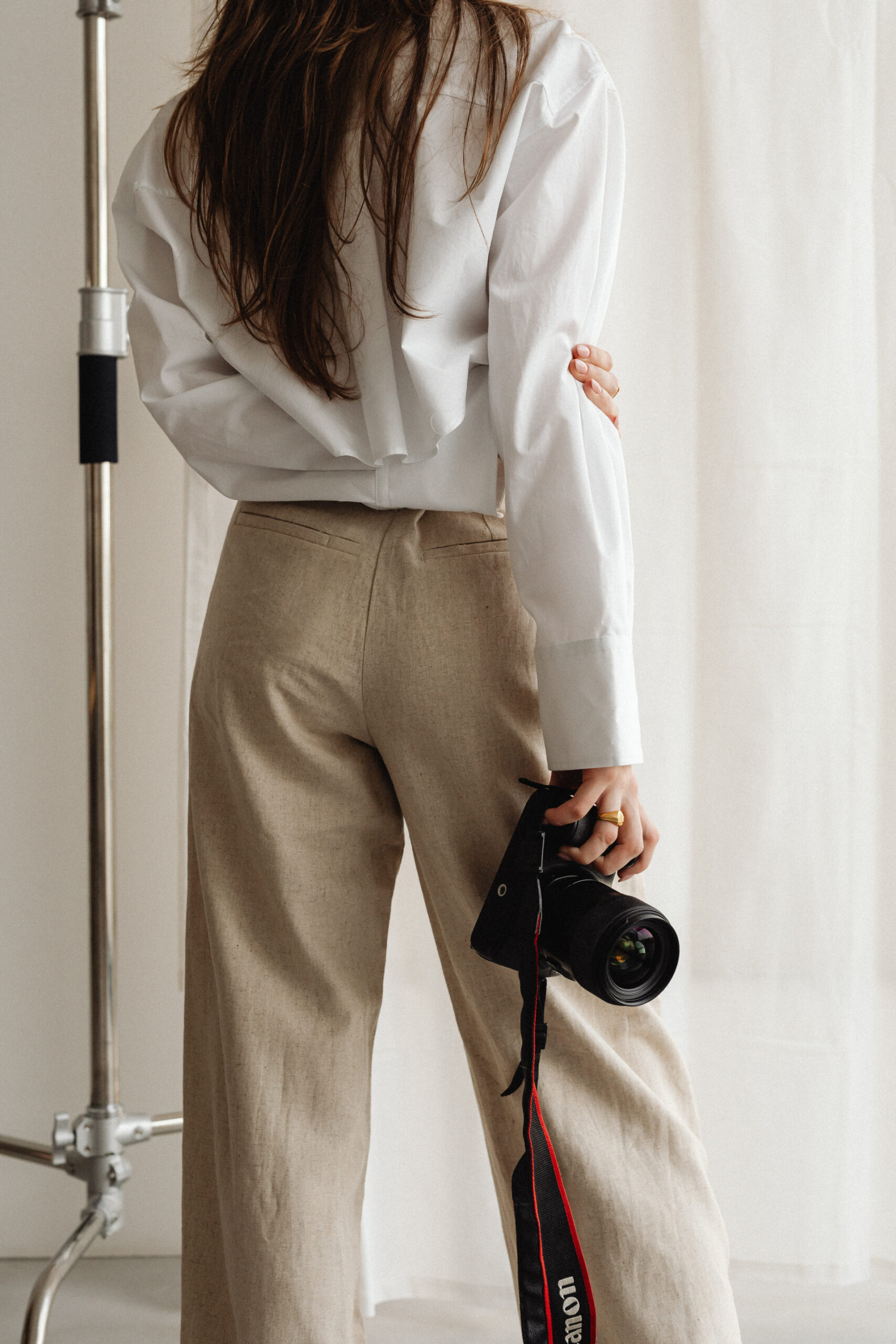
How to Know If a Free Photo Is Safe for Commercial Use
Using free photos for commercial purposes can be tricky if you don’t know how to verify their licensing. Misusing photos can lead to legal, financial, and reputational risks. In this guide, we’ll explain how to confidently determine whether a free

How to Create a Photographer Portfolio: A Complete Guide
A photography portfolio is more than just a collection of images; it’s your professional calling card. Whether you’re aiming to attract new clients, land a gallery exhibition, or secure agency representation, a well-crafted portfolio can set you apart. From a

